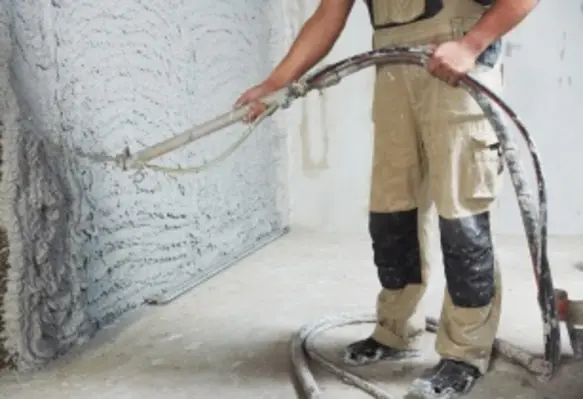Halliburton Company has introduced IsoBond, a cement system that reduces sustained casing pressure (SCP) at its source to deliver a barrier that minimises fluid loss, shortens transition time, and improves shear bonding
The IsoBond cement system alleviates SCP on all fronts, unlike slurries that are only designed to mitigate against fluid loss. With rapid gel strength development and short slurry transition time, IsoBond lessens annular flow through cement and increases the anchoring force to the casing and formation by up to 40% when compared to traditional systems. This improved shear bonding results in a cement sheath that is more resistant to degradation from corrosive fluids. The IsoBond cement system’s transition time to prevent gas migration are greatly reduced and the cement’s permeability can be reduced up to 75% compared to other cement systems.
“By utilising IsoBond to proactively mitigate SCP, our customers minimise risk, reduce cost, and limit their carbon footprint by eliminating the need for future remediation,” said Jim Collins, vice-president of Cementing.
IsoBond is a dry blended cement system that provides significant operational efficiencies for land operations over liquid additives, while delivering comparable benefits. Utilising the IsoBond cement system achieves a more efficient, sustainable, and economical cement solution that successfully manages gas migration and annular flow.
Halliburton has pumped over 15,000 barrels of IsoBond across multiple wells in North America and Latin America. The IsoBond cement system will be available globally by the end of 2021.









